10 Things You Didn't Know About London's Iconic Theatres
 Shehrazade Zafar-Arif
19 September, 2025, 09:17
Shehrazade Zafar-Arif
19 September, 2025, 09:17
London is the heartland of theatre, home to a dizzying array of plays, musicals, opera, and ballet, and an impressive selection of theatres that span the West End and outside it. If you’re reading this, you might be a seasoned theatre lover, or someone who’s newer to theatre-going - either way, we bet you won’t know all of these fun facts about the capital’s many and diverse theatres.
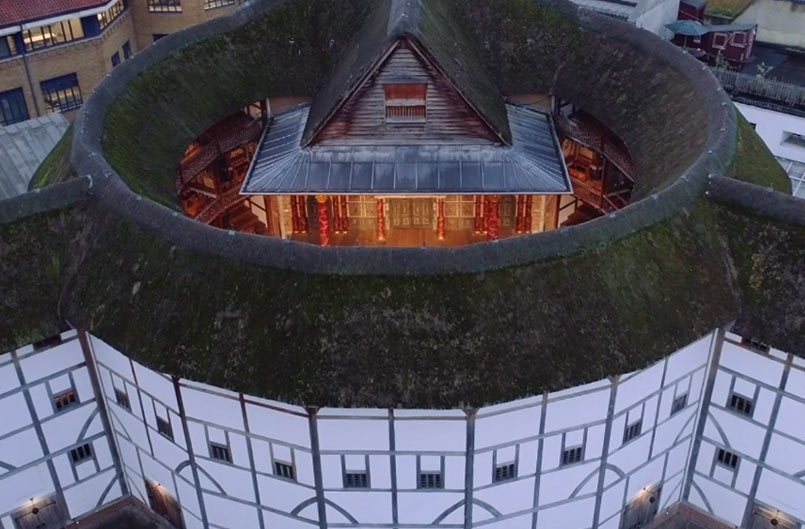 Shakespeare's Globe
Shakespeare's Globe
1. Shakespeare’s Globe is the only building in London that’s permitted to have a thatched roof
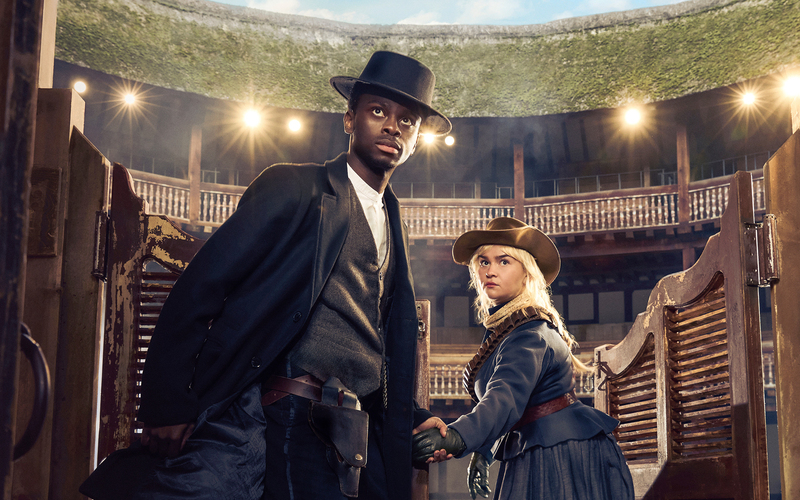 Abdul Sessay and Lola Shalam in ROMEO AND JULIET at Shakespeare's Globe.
Abdul Sessay and Lola Shalam in ROMEO AND JULIET at Shakespeare's Globe.
Thatched roofs have been banned since the Great Fire of London in 1666, so Shakespeare’s Globe had to fight for special permission for an exception to this rule. This is because the Globe was designed and constructed to be a true and authentic replica of Shakespeare’s original ‘Wooden O’, from its shape to the type of wood used to, of course, the thatched roof. Ironically, the original Globe Theatre burned down in 1613 when a spark from a prop cannon ignited its thatched roof during a performance of Henry VIII.
Authenticity is a big part of the Globe’s mission to produce theatre exactly as it was performed in Shakespeare’s time. Today, you can catch a performance of Twelfth Night or Troilus and Cressida and enjoy the famous thatched roof and beautifully open air wooden theatre just as Shakespeare’s audiences would have.
2. The Savoy Theatre was the first building to be lit by electricity
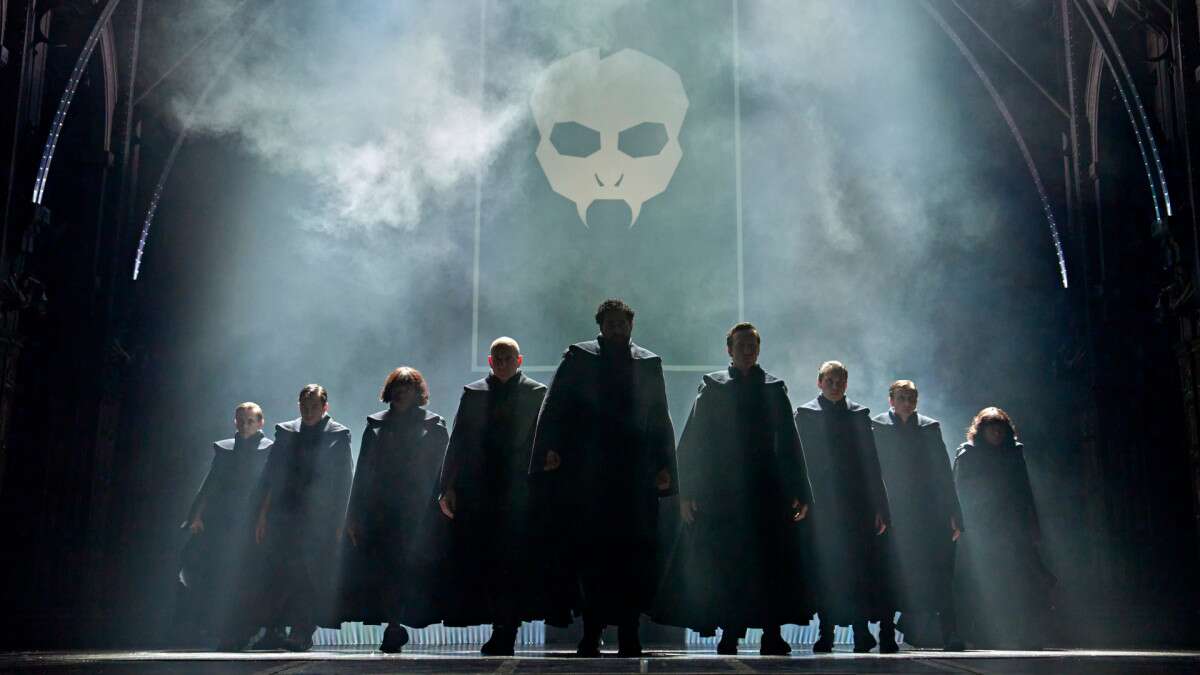 The cast of HARRY POTTER AND THE CURSED CHILD at the Palace Theatre, a show filled with electrifying special effects and stage magic.
The cast of HARRY POTTER AND THE CURSED CHILD at the Palace Theatre, a show filled with electrifying special effects and stage magic.
In 1881, the Savoy Theatre made history as the first public building in the world to be lit entirely by electricity, which would have been as thrilling for audiences back then as the use of special effects onstage is for us today. Its owner, D’Oyly Carte, actually stepped onstage during a performance of Patience and smashed a glowing lightbulb to demonstrate the safety of the new technology to the audience.
Experience that same thrill today by witnessing some of the jawdropping special effects on the West End stage today, from the flying car sequence during Back to the Future: The Musical to the thrilling illusions and displays of magic during Harry Potter and the Cursed Child.
3. Some London theatres are rumoured to be haunted
 The cast of THE WEIR at the Harold Pinter Theatre, a spine-tingling new show about ghost stories.
The cast of THE WEIR at the Harold Pinter Theatre, a spine-tingling new show about ghost stories.
A city as old as London is inevitably full of ghosts, and its theatres are no different. The Theatre Royal Drury Lane is said to be the most haunted theatre in the world, playing host to a number of ghosts: the Man in Grey, reportedly a murdered nobleman, the bad-tempered ghost of actor Charles Macklin, and the spirit of famous clown Joseph Grimaldi, who is (fittingly) said to hang around to inspire confidence in nervous actors. More tragically, the Peacock Theatre is said to be haunted by the ghosts of two dolphins who died of neglect in their tanks while starring in a variety show in the 1970s. The Palace Theatre actually keeps two seats permanently bolted open for theatre ghosts.
So keep an eye out for spectral visitors during your next theatre trip, and if the idea of supernatural hauntings gives you a thrill, check out one of the West End's many spooky, spine-tingling plays, like The Woman in Black or The Weir.
4. Theatre superstitions are still alive and well
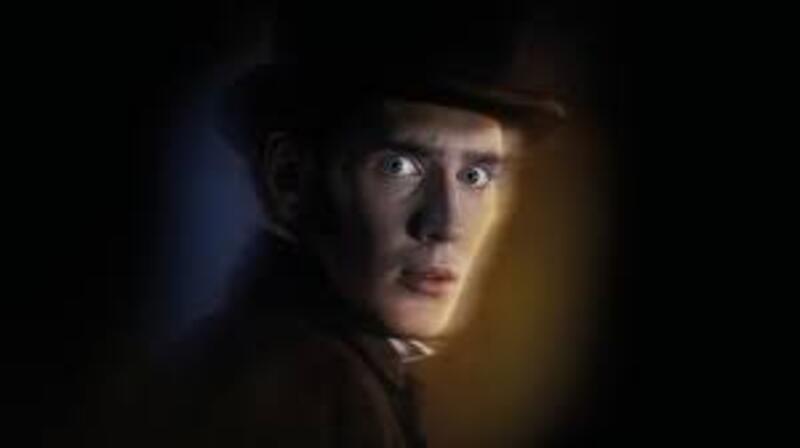 THE WOMAN IN BLACK at Alexandra Palace, the longest running ghost story on the West End.
THE WOMAN IN BLACK at Alexandra Palace, the longest running ghost story on the West End.
Talking of the supernatural, the theatre world is full of superstitions and jumpy actors and directors continue to adhere to them. From avoiding whistling backstage (which has its origins in when stagehands used naval whistle codes to move scenery) to referring to Macbeth as the Scottish Play to certain ‘cursed’ objects like peacock feathers that should never be brought onstage.
Why are actors still superstitious in this modern age? Maybe because the nature of live theatre means all manner of things can go wrong, so it gives theatre-makers a sense of comfort to rely on these old rituals.
5. The theatres stayed open during World War II
 Lionel Bart's BLITZ!, was a 2020 musical set in the East End during World War II.
Lionel Bart's BLITZ!, was a 2020 musical set in the East End during World War II.
COVID-19 may have shut down the West End, but the theatres remained running during the Second World War, even weathering the Blitz that destroyed large chunks of London, with 167 bombs dropping on the West End alone. The Windmill Theatre continued to perform the saucy Revudeville to keep spirits up, along with many other shows that were held with special illuminated signs that warned audiences if air raids were underway so people could slip out to find the nearest shelter.
It's a heartwarming reminder of the power of theatre to bring comfort and hope through storytelling, and that no matter what, the show must go on.
6. Each Phantom's mask is custom-made and unique
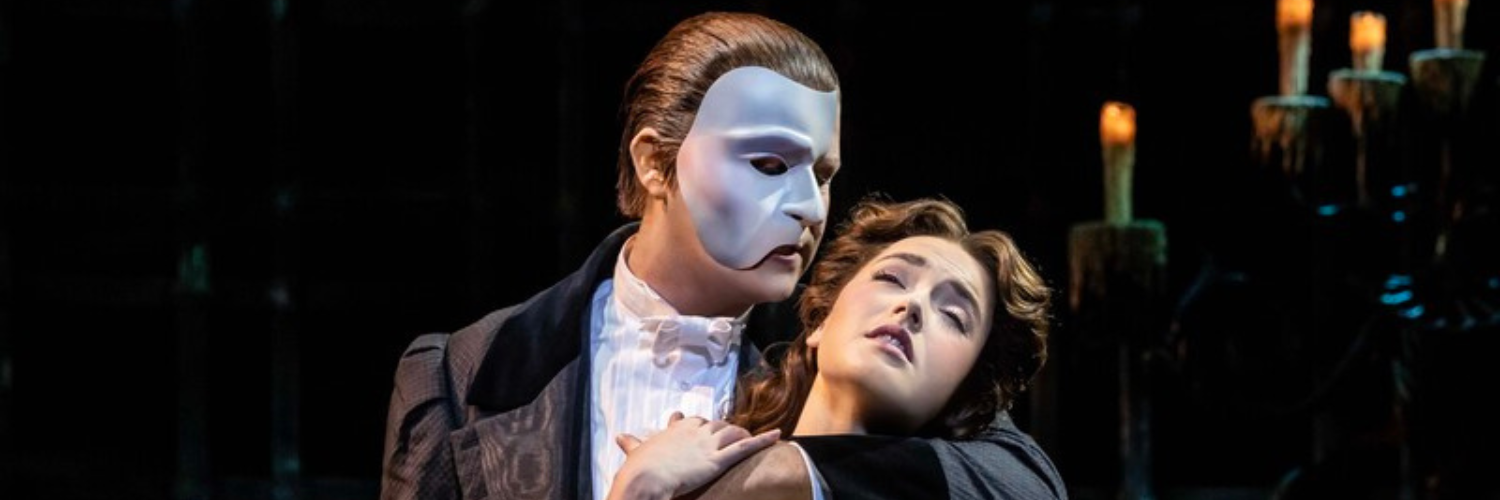 The Phantom and Christine in THE PHANTOM OF THE OPERA at His Majesty's Theatre
The Phantom and Christine in THE PHANTOM OF THE OPERA at His Majesty's Theatre
The Phantom’s mask in The Phantom of the Opera is perhaps the most iconic and recognisable prop in theatre - but did you know each mask is custom made for the actor playing the Phantom, using a mould of his face? It also takes two hours to apply the Phantom's make-up, which includes heavy prosthetics to create his terrifyingly scarred and burnt face while still allowing the actor enough freedom of movement to sing.
Films these days may rely on CGI, but in the theatre there's still a lot of craft and creativity that goes into bringing a character to life. See the Phantom up close for yourself when you watch The Phantom of the Opera, which is still one of the most long-running and popular musicals on the West End.
7. You can fit the whole of the Fortune Theatre on the stage of the Dominion Theatre
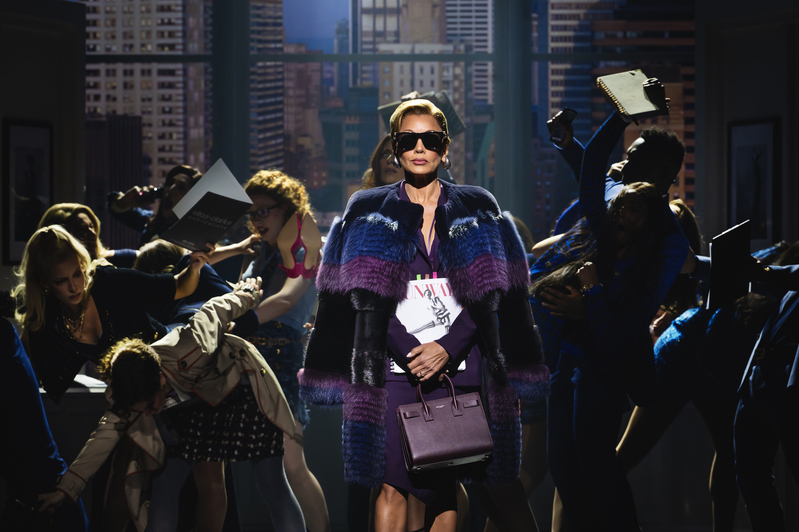 Vanessa Williams in THE DEVIL WEARS PRADA at the Dominion Theatre.
Vanessa Williams in THE DEVIL WEARS PRADA at the Dominion Theatre.
Size isn't everything when it comes to the quality of theatre, but it’s still funny to imagine the staggering difference between the tiny 432-seater Fortune Theatre and the vast 2069 seat Dominion Theatre. Large, sprawling theatres are perfect spaces for spectacle and grand, epic stories, like The Devil Wears Prada at the Dominion Theatre, which brings the glamour and bombast of the New York runway to life, while smaller spaces are great for intimate, cozy performances, especially ghost stories like The Woman in Black at the Fortune Theatre.
8. The first matinee took place in 1873
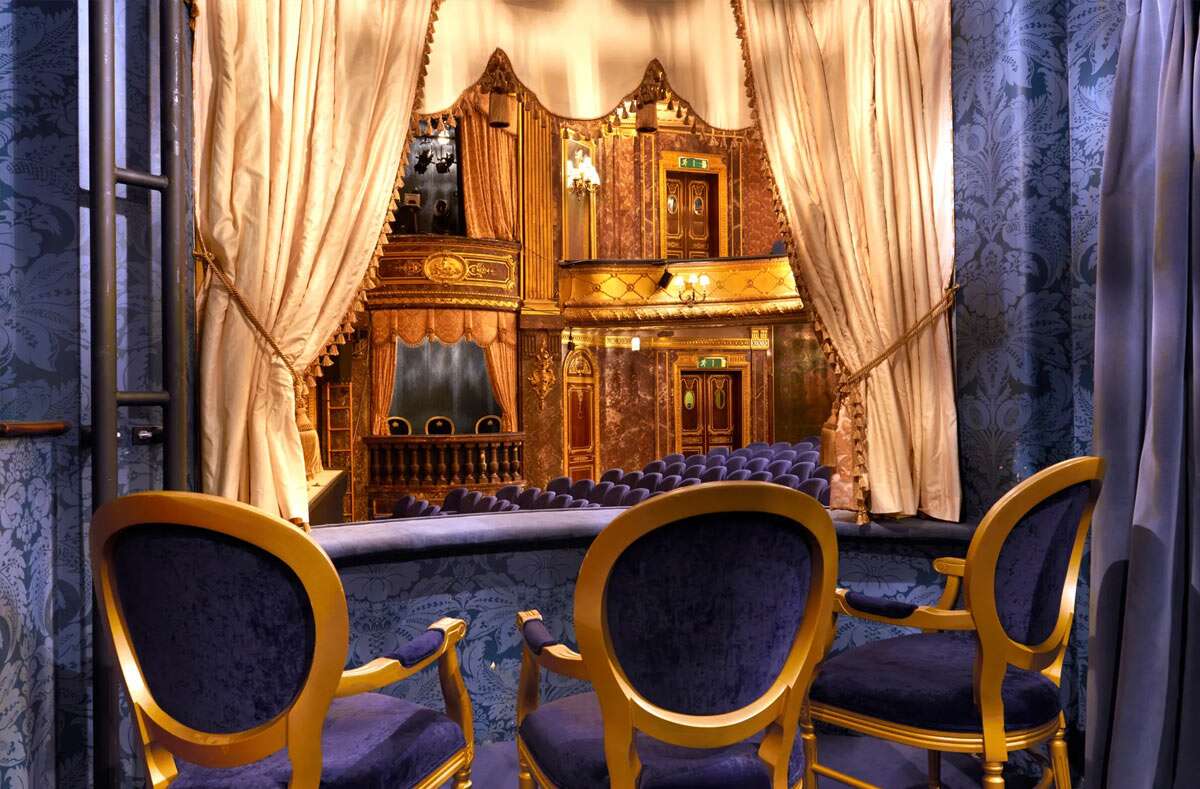 The Theatre Royal Haymarket, home of the first ever matinee performance
The Theatre Royal Haymarket, home of the first ever matinee performance
The Theatre Royal Haymarket shocked theatre convention in 1873 when it introduced the first ever matinee performance to its schedule, establishing a new tradition that was soon adopted by other theatres across London and around the world.
Unsure whether you should see a matinee or an evening show? Check out our guide on the pros and cons of both to help you decide.
9. Bram Stoker once managed the Lyceum Theatre
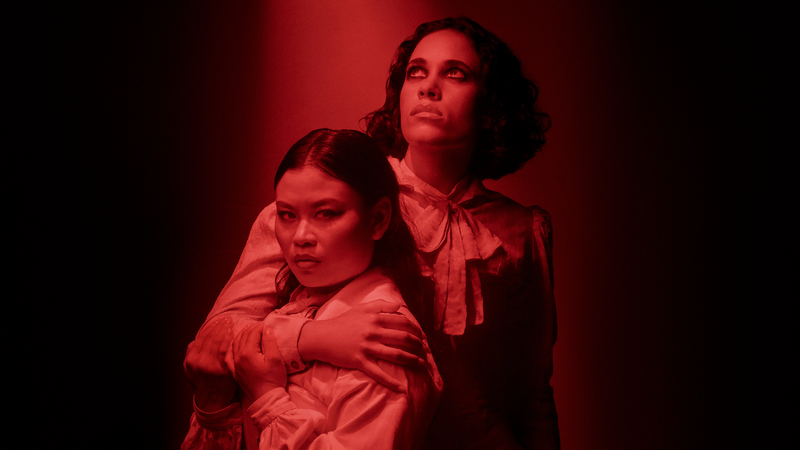 Mei Mac and Umi Myers in DRACULA at the Lyric Hammersmith.
Mei Mac and Umi Myers in DRACULA at the Lyric Hammersmith.
The author of Dracula once worked as a business manager at the Lyceum Theatre for Sir Henry Irving, the actor who owned the theatre. Irving was a good friend whose formidable nature and fearful countenance inspired Stoker’s most famous character - Count Dracula himself. Stoker actually wrote Dracula while working at the Lyceum and performed a staged reading at the theatre. Proof that inspiration can strike anywhere, but the theatre has a magic that gets any writer’s creative juices flowing.
Today, lucky Londoners can enjoy not one but two vastly different adaptations of Dracula onstage, one at the Noel Coward Theatre and another at the Lyric Hammersmith. We think Stoker would've approved!
10. The Mousetrap is the longest-running play in the world
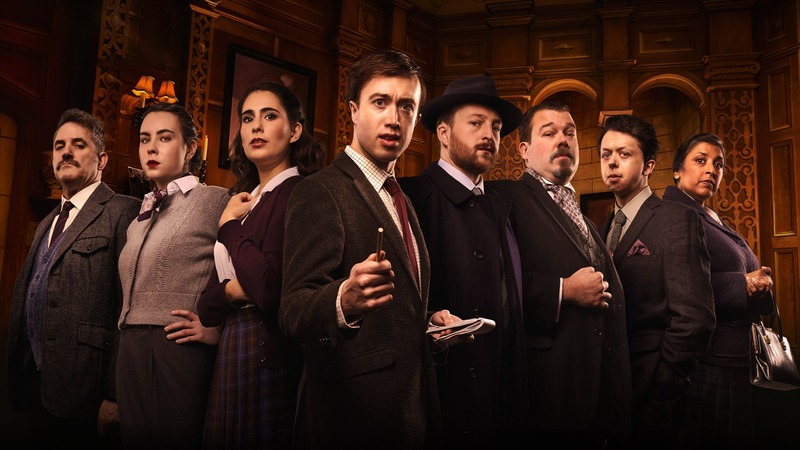 The cast of THE MOUSETRAP at St Martin's Theatre.
The cast of THE MOUSETRAP at St Martin's Theatre.
There’s a reason why tourists flock to watch The Mousetrap, Agatha Christie’s classic and most famous whodunnit murder mystery. It’s been performed for over 72 years, with its 30,000th performance taking place this year, making it the longest-running play not only in London but in the whole world, which also means that St Martin’s Theatre is the West End’s longest continuous host.
Is it worth the hype? Undoubtedly - with a thrilling story penned by the greatest murder mystery writer of all time, a twist ending that’s been kept secret for years (film adaptations of The Mousetrap have been embargoed as long as the play is running). But don’t take our word for it - check it out for yourself.
Latest News
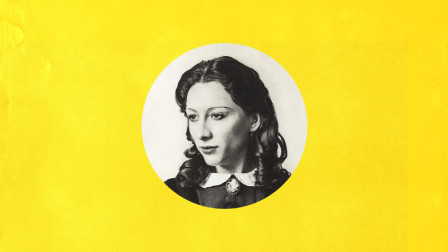
 Review Round-Up: OH, MARY! at the Trafalgar Theatre
19 December 2025 at 15:53
Review Round-Up: OH, MARY! at the Trafalgar Theatre
19 December 2025 at 15:53
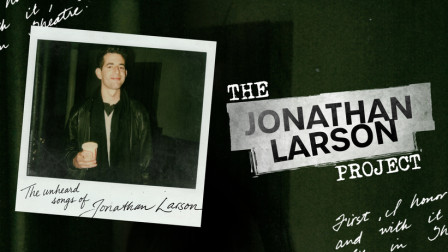
 The Jonathan Larson Project announces London premiere
19 December 2025 at 10:31
The Jonathan Larson Project announces London premiere
19 December 2025 at 10:31

 Oh, Mary at Trafalgar Theatre Review
19 December 2025 at 09:46
Oh, Mary at Trafalgar Theatre Review
19 December 2025 at 09:46

 Kerry Ellis completes cast for West End concert of Jo - The Little Women Musical
19 December 2025 at 09:35
Kerry Ellis completes cast for West End concert of Jo - The Little Women Musical
19 December 2025 at 09:35